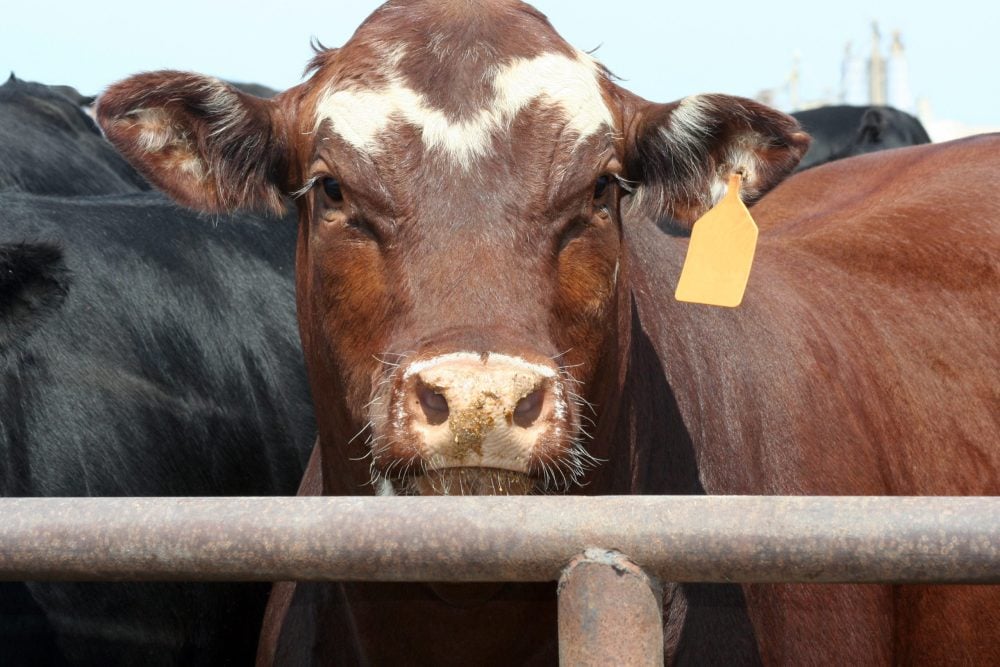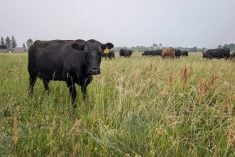Quebec’s farm revenue rose in the first half of 2007 compared to the same time in 2006 — an increase that stayed just ahead of a corresponding rise in expenses, the provincial statistics agency reported today.
L’institut de la statistique du Quebec (ISQ) reported overall farm cash receipts of $3.32 billion for the first half of the year, up 4.6 per cent from the same period in 2006 and ahead of the five-year average rate of increase of 1.8 per cent.
However, total farm expenses for the period broke the $3 billion barrier, ISQ reported, rising four per cent from the year-earlier period to $3.03 billion, leaving a net income of $286.3 million across all sectors, up 11.8 per cent.
Read Also

U.S. livestock: Cattle futures plunge daily limits on beef price fears
Reuters — Most Chicago Mercantile Exchange live cattle and feeder cattle futures contracts fell their respective daily limits on Friday,…
Gross revenues included $2.02 billion in livestock receipts, up 4.8 per cent. The province’s struggling pork sector saw increased receipts of $462 million, up 12.6 per cent from the year-earlier period — but down almost 20 per cent from the same period in 2004. Revenue from poultry rose 10.2 per cent to $229 million and dairy products revenue 2.8 per cent to $962.1 million. Total cattle and veal revenue fell 0.56 per cent to $249.5 million, and egg revenue fell 2.4 per cent to $47.8 million.
Crop receipts for the semester posted substantial increases on rising demand from the biofuel sector and shrinking cereal stocks, rising 7.8 per cent overall to $697.5 million compared to the year-earlier period. Oilseed revenues rose 40.4 per cent, mostly on increased crop deliveries, to $56.7 million; cereal revenues (excluding corn) were up 37.4 per cent to $24.2 million, and corn revenues 24.1 per cent to $166.9 million. Potato receipts were up 3.2 per cent to $58.4 million.
Among other crops, maple product receipts fell 7.4 per cent to $141 million, vegetables 3.4 per cent to $65 million and fruits 3.1 per cent to $18.6 million. While all maple receipts roll in during the first half of the year, the bulk of fruit and vegetable revenue comes in the second half.















